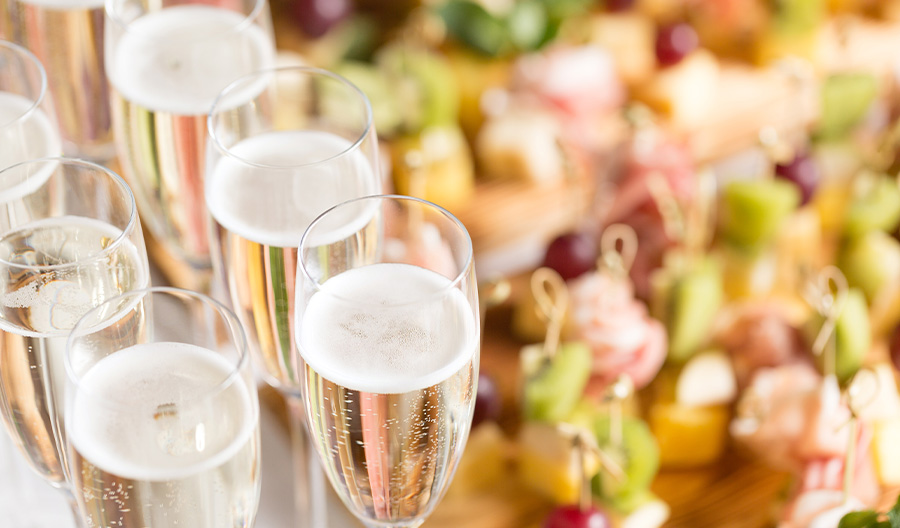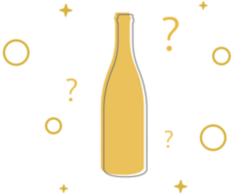In South America, bubbles are bursting with grace. Winemakers are creating an array of styles through Charmat and traditional methods using Pinot Noir, Chardonnay, and other varieties.
Across the continent, but particularly in Argentina, Chile, Uruguay, and Brazil, grapes are sourced from high-altitude or coastal vineyards. Some are influenced by the cool climate of the Andes Mountains, while others are shaped by the fresh breezes off the Pacific or Atlantic Oceans.
In 1959, one prestigious Champagne house's first winery outside France was established in Argentina. Since then, other Champagne houses and global winemakers have turned their eyes to South America, working alongside local experts to craft world-class, affordably priced sparklers on diverse soils.
While it isn’t always easy for South American operations to compete with the long histories of Old World wine regions, some of these producers have made sparkling wines for several years. The bigger challenge, producers say, is getting their well-crafted bubbles into global glasses.
Argentina
Exceptional terroirs have been identified, especially in the highest part of the Tupungato region, to produce extraordinary sparkling wines. These sparklers are produced using traditional and Charmat methods. Many believe that the climatic conditions in the Uco Valley are ideal for bubbles. With stony poor soils on the slope of the Andes Mountain range, these unique terroirs enjoy hot and sunny days but cool nights due to high altitude.
In Mendoza and Patagonia producers have introduced sparkling wines to diversify their portfolios.

Chile
Sparkling wine is not new to Chile. The country’s first winery devoted to sparkling wine was founded in 1879. However, as producers in Chile expand winemaking into new regions, they find an array of terroirs suitable to sparkling wines. After production started in the Central Valley, it expanded to the coast in Casablanca, and is now popular in southern areas like Malleco Valley.
Producers are looking for places with lower temperatures that will allow them to obtain base wine with higher acidity. These wines are of excellent quality and could be an alternative to those from Europe. However, more work needs to be done on the commercial side to present these wines as an alternative to European bubbles.
Uruguay
Tuscan-born wine consultant Alberto Antonini says that “geology doesn’t know about new-world or old-world terroir. Geology is the same everywhere.” In Maldonado, Uruguay, located 11 miles from the Atlantic Ocean, the vines are influenced by the humid maritime climate and grow in granite soils that provide excellent drainage.
“Granite is a type of rock that gives intensity and nerve to the wines,” Antonini says. When it comes to achieving wines with good natural acidity, “making wines with this level of humidity and sunlight is an advantage,” he says, comparing the region’s climate to Champagne, where clouds filter the direct radiation from the sun.
As in Argentina and Chile, Uruguay’s wine industry focuses on red wines—Tannat is generally considered Uruguayan flagship grape. Not many sparkling wines from Uruguay are exported to the United States, but many sparklers are being made in the small country at family-run wineries.
Brazil
In many South American countries, producers make sparkling wines to diversify their portfolios of still red and white wines. However, in Brazil, sparkling wine is often the star. In the 1990's, when more imported wines were introduced to the Brazilian market, the Brazilian sparkling wines were the only local wines able to compete with them.
There are several wineries located in Pinto Bandeira in Brazil’s Serra Gaucha, a cool-climate subregion with abundant rainfall. Vineyards are located on volcanic soils at 2,200 feet above sea level, and cloudy skies during the ripening period allow the grapes to slowly mature while preserving their acidity.
Convinced of the great characteristics of the Pinto Bandeira terroir, producers have worked together to create a Denomination of Origin (DO) for their traditional method sparkling. Currently awaiting governmental approval, D.O Altos de Pinto Bandeira will be the first of its kind in South America. It regulates aspects of the grape growing and winemaking process, such as which grapes can be used—Pinot Noir, Chardonnay and only up to 10% of Italic Riesling—and a minimum aging time of 12 months.
Brazil has a wide diversity of styles, and Italic Riesling and Moscato are two of the most popular grapes used to produce dry and sweet sparkling wine, along with Pinot Noir and Chardonnay. Other producers export their wines to the United States.
Currently, South American sparkling production is small compared to the amount of still wine made in this region. However, producers offer a diverse range of styles such as Brut Nature, Brut, Extra Brut and demi-sec wines. This is a result of the work carried out over many years—in some cases for over a century—to meet the demand of thirsty local consumers. In the last 50 years, winemakers have refined their bubbles and now offer a great alternative to other traditional sparklers such as Prosecco, Cava and Champagne.
South American sparkling wines are slowly making their way to the United States, so keep your eye out for when those amazing sparklers land in your market!

